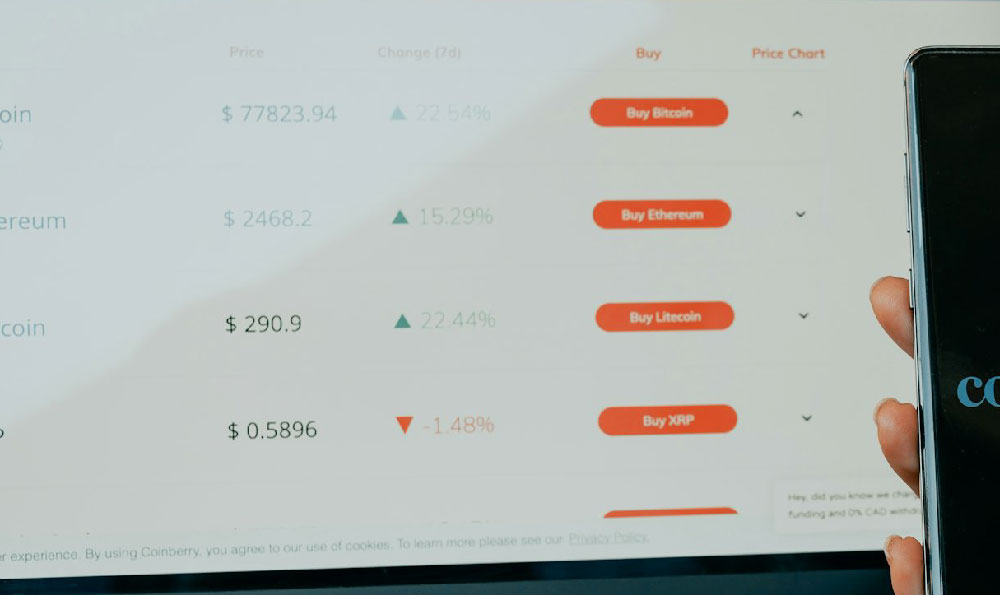Did the WNBA Profit This Year? Or Did It Face Losses?
The financial performance of the WNBA is a complex issue, often shrouded in ambiguity and differing interpretations. To definitively state whether the WNBA profited or faced losses in a particular year requires access to confidential financial statements, which are not typically publicly available. However, we can analyze available information, industry trends, and expert opinions to form a reasoned assessment.
One must first understand the multifaceted nature of revenue generation for the WNBA. Revenue streams include ticket sales, merchandise sales, broadcast rights agreements (primarily with ESPN and other networks), sponsorships, and licensing agreements. Each of these streams contributes a varying degree to the overall financial picture. Ticket sales, while a direct indicator of fan engagement, are often influenced by factors such as team performance, star power, arena location, and marketing efforts. Merchandise sales are similarly contingent on player popularity and team branding.
The revenue generated from broadcast rights is arguably the most significant factor. The WNBA's broadcast deals with ESPN and other networks provide a consistent and substantial revenue stream. However, the exact terms and payouts of these deals are not typically disclosed in full detail, making it difficult to precisely quantify their impact. Sponsorships from major corporations, such as Nike, AT&T, and other recognizable brands, represent another crucial revenue component. These sponsorships not only provide financial support but also contribute to the WNBA's brand recognition and visibility.

Conversely, the WNBA faces considerable expenses. These expenses include player salaries, coaching staff salaries, team operational costs (travel, venue rentals, etc.), marketing and advertising expenses, and league administrative costs. Player salaries, while relatively lower compared to the NBA, still represent a significant financial commitment. The collective bargaining agreements (CBA) between the WNBA and the WNBA Players Association (WNBPA) dictate the minimum and maximum salaries for players, impacting overall payroll expenses. Team operational costs, particularly travel expenses for teams scattered across the United States, can also be substantial. Furthermore, marketing and advertising efforts are crucial for attracting fans and promoting the league, but these efforts also entail significant financial investment.
Historical data provides some insights, albeit incomplete ones. For much of its existence, the WNBA has reportedly operated at a loss. However, in recent years, there have been indications of growing revenues and increasing fan interest, suggesting a potential shift towards profitability. The increased visibility of star players, the growing popularity of women's sports in general, and strategic marketing initiatives have all contributed to this positive trend.
The COVID-19 pandemic presented unique challenges to the WNBA, as it did to all professional sports leagues. The 2020 season was significantly shortened and played in a "bubble" environment, impacting ticket sales and potentially affecting other revenue streams. The subsequent recovery and adjustments made by the league in response to the pandemic have likely influenced recent financial performance.
Analyzing the broader trends in women's sports is also crucial. There is a growing recognition of the commercial potential of women's sports, and investments in women's leagues and teams are increasing. This trend could potentially benefit the WNBA by attracting more sponsors, increasing broadcast viewership, and ultimately boosting revenues.
The recent expansion of the WNBA, with the addition of new teams in cities like Golden State, signifies an increased confidence in the league’s long-term prospects and financial viability. Expansion fees paid by new ownership groups contribute directly to the league’s revenue, and the presence of new teams helps to expand the WNBA’s fan base and market reach.
Furthermore, the WNBA has actively pursued strategies to enhance fan engagement and generate new revenue streams. This includes initiatives such as improved online streaming services, enhanced social media presence, and collaborations with influencers and celebrities. These efforts are aimed at reaching a wider audience and fostering a stronger connection with fans.
Ultimately, determining whether the WNBA profited or faced losses in a specific year requires a detailed analysis of confidential financial data. However, based on available information, it appears that the WNBA has faced significant financial challenges throughout its history, but recent trends suggest a potential shift towards greater financial stability and even profitability. The growing popularity of women's sports, strategic marketing initiatives, and the league's commitment to enhancing fan engagement are all positive indicators. Whether these factors are sufficient to consistently generate profits remains to be seen, but the WNBA's long-term financial prospects appear increasingly promising. A thorough assessment requires ongoing monitoring of revenue streams, expense management, and broader industry trends. Continued investment and strategic decision-making will be crucial for the WNBA to achieve sustained financial success. It's also imperative to consider the investment made into the league as investment in women's sports, not strictly as an expectation of immediate profit generation, as the broader societal impact holds significant value.















